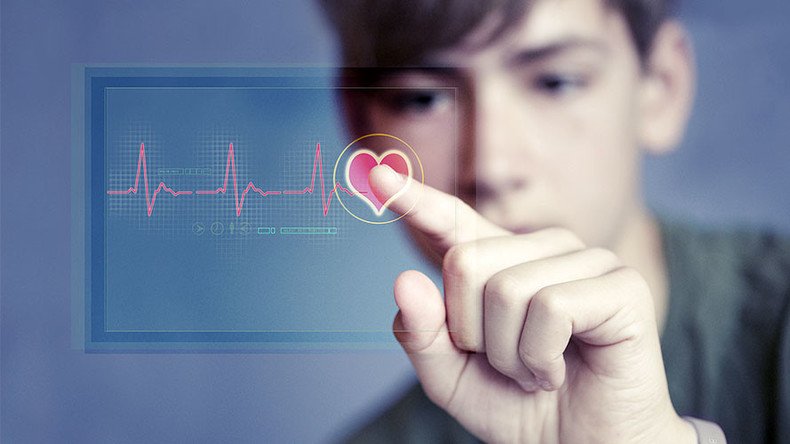Nanotechnology breakthrough means almost any surface can become a touchscreen

Nanotechnology has occupied the pages of sci-fi novels for decades, but now a major new breakthrough could bring the super advanced tech into the average household.
Researchers at Trinity College Dublin, Ireland, have created two-dimensional nanomaterials, only a few billionths of a meter thick, making it possible to turn almost any surface into a screen or a computer.
Using standard printing techniques, scientists combined graphene nanosheets, an ultra-thin form of carbon just one atom thick, with two other nanomaterials named tungsten diselenide and boron nitride.
‘Electronic skin’: Artificial limbs made of ultra-thin graphene would return amputees’ sense of touch https://t.co/QGVCbyPHeU
— RT (@RT_com) March 24, 2017
The research published in the journal Science could have wide-ranging implications from the mundane to the extraordinary.
Futuristic uses could include a touchscreen pad superimposed onto your skin, reading an electronic newspaper that could be rolled up or folded to be placed neatly inside a jacket pocket or even receiving an alert message saying the milk in the fridge is about to go sour.
The technology could also enhance security capabilities of valuable items, allowing for the encoding of biometric data on passports and the marking of banknotes to make them virtually impossible to forge.
This technology could also have advantages for solar power, one day making it possible to turn a variety of materials into solar cells, making it cheaper to harness energy from the sun, theoretically reducing our collective dependence on oil and gas.
Could ‘miracle’ material graphene finally have a use by making seawater drinkable? https://t.co/uXdCtlj5wSpic.twitter.com/F3fEGcK7iP
— RT (@RT_com) April 4, 2017
“In the future, printed devices will be incorporated into even the most mundane objects such as labels, posters and packaging,” senior author of the paper Jonathan Coleman, professor of chemical physics at Trinity College said in a statement.
“Printed electronic circuitry (constructed from the devices we have created) will allow consumer products to gather, process, display and transmit information: for example, milk cartons could send messages to your phone warning that the milk is about to go out-of-date.”
“We believe that 2D nanomaterials can compete with the materials currently used for printed electronics. Compared to other materials employed in this field, our 2D nanomaterials have the capability to yield more cost effective and higher performance printed devices,” he added.












